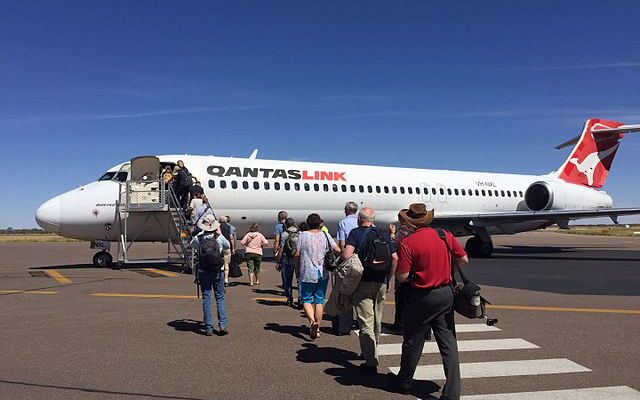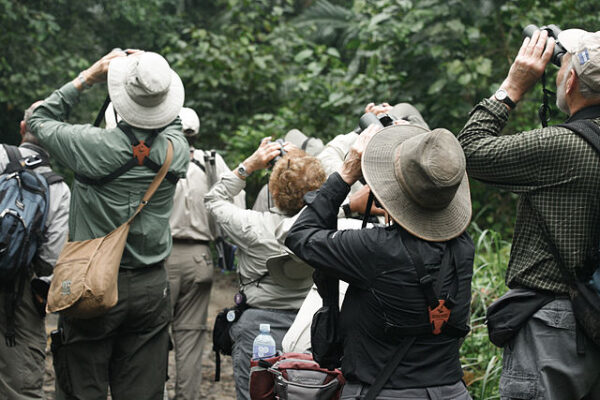
We’ve all been there. Boarding an airplane can be a bother. Passengers often feel rushed and cramped as they try to find their seats and stow their luggage. Sometimes the overheard compartment won’t open. It has always seemed like there could be a better way.
Enter Jason Steffen, a UNLV physics professor. He’s wondering about deep space, using the Webb Telescope to make incredible discoveries. But one day he decided to solve a problem a little closer to home.
Steffen started thinking about the boarding process only because he couldn’t stop thinking about how annoying it was. You don’t have to be an astrophysicist to understand his frustration, which began with one unpleasant trip to the airport in Seattle. “I had to wait in line in traffic. And then I had to wait in line at security. And then I had to wait in line to check my ticket at the gate. And then I had to wait in line at the jet bridge,” said the 48-year-old scientist. “I thought that last line was probably unnecessary,” writes the Wall Street Journal.
That thought nagged at him for a few years before he decided that he should forget about it or do something about it.
He suspected the worst way to board a plane was front to back, but he was surprised to discover the next-worst way was back to front. That had been the standard for decades, but it was quicker to just board randomly. This counterintuitive finding made him even more curious about the best way, so he applied the computing methods he uses for his astrophysics work and coded an optimization algorithm.
That led him to the Steffen method.
Here’s how it works. The first person to board a single-aisle jet like a Boeing 737 is the passenger in the window seat of the last row. Say that’s 30A. The next person would be exactly two rows away in 28A, followed by 26A, 24A and 22A until the window seats in even rows on the right side were full. Next are the window seats in even rows on the left side: 30F, 28F, 26F and so on. Then come window seats in odd rows on the right and left starting from the back. The same patterns apply to middle seats and aisle seats until the last person on board plops into the front row. That’s just one permutation. There are others that would achieve identical results, he says.
United Airlines loved the idea.
CBS News writes that “the airline said in an internal memo that it will implement the plan on Oct. 26. The plan – called WILMA, for window, middle and aisle — was tested at several locations and deemed to shave up to two minutes off boarding time.
The airline said in an internal memo that it will implement the plan on Oct. 26. The plan – called WILMA, for window, middle and aisle — was tested at several locations and deemed to shave up to two minutes off boarding time.
United said that when multiple customers are on the same economy reservation, such as families, they will be allowed to board together.”
Now, if his theory is correct, everyone should save a little time next time they’re taking to the skies and he’ll have a couple added minutes to think about the stars.










Have ALL airlines adopt method needed